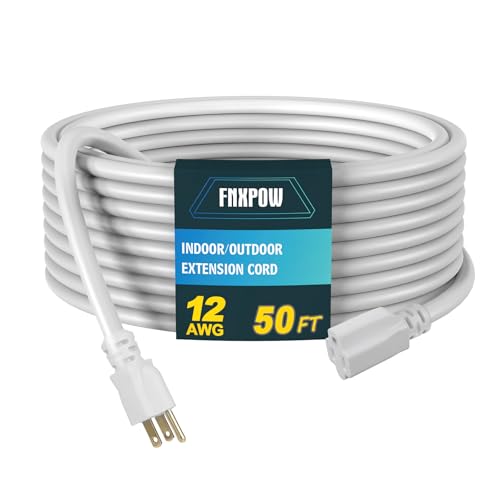



For effective cleaning, aim for a range of 1300 to 2000 units of pressure. This level is sufficient for typical household tasks such as washing cars, patios, and garden furniture. It strikes a balance between power and safety, ensuring that you can tackle dirt and grime without damaging surfaces.
If you are dealing with tougher jobs like stripping paint or removing heavy mildew, consider machines that provide between 2000 to 3000 units. This power will allow for more intensive cleaning on robust surfaces such as concrete or brick.
Always match your machine’s specifications with the cleaning task at hand. For delicate surfaces, opt for lower settings to prevent any harm. Understanding the right approach can save time and ensure the longevity of your equipment and the items you are cleaning.
Required Pressure Levels for Effective Cleaning
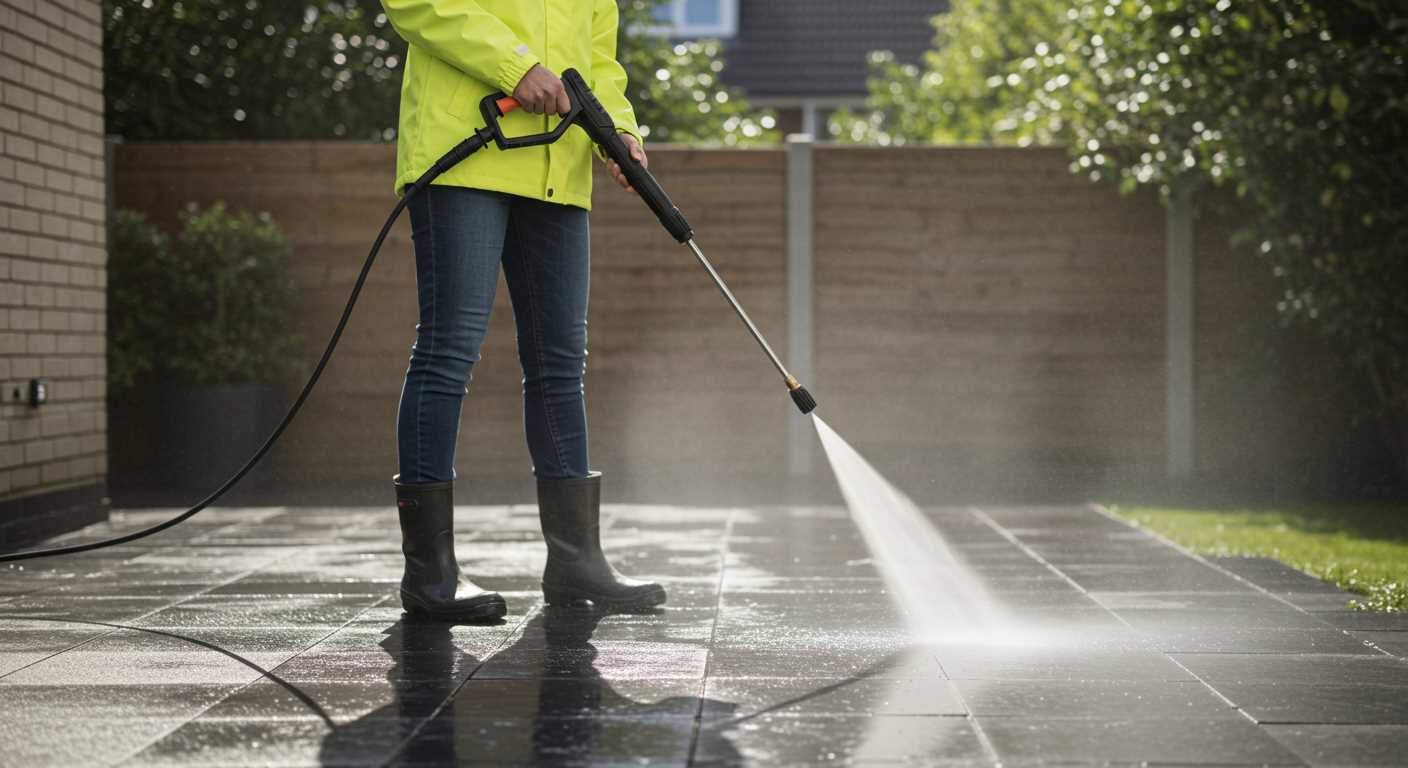
For general household tasks, a range of 1300 to 1900 psi is suitable. This power is sufficient for jobs like cleaning patios, driveways, and vehicles without causing damage.
Light-duty applications, such as washing small outdoor furniture and bicycles, typically require around 1300 to 1500 psi. This allows for safe and effective cleaning without the risk of stripping paint or damaging delicate surfaces.
Medium-duty work, including the cleaning of decks and larger vehicles, generally falls between 1500 and 2300 psi. This is adequate for removing embedded dirt and grime while maintaining the integrity of surfaces.
Heavy-duty projects, such as preparing surfaces for painting or washing large structures, might necessitate levels ranging from 2300 to 3000 psi. These levels can tackle tough stains and extensive dirt buildup.
For commercial use or significantly challenging tasks, pressures exceeding 3000 psi may be required. This equipment is typically seen in professional settings or for specific projects that demand high intensity.
The following table summarises recommended pressure ranges based on application:
| Application | Recommended Pressure (psi) |
|---|---|
| Light-duty | 1300 – 1500 |
| Medium-duty | 1500 – 2300 |
| Heavy-duty | 2300 – 3000 |
| Commercial | Over 3000 |
Always consider the surface material when selecting the power level. Adjusting the nozzle and distance can further optimise cleaning performance and protect the surfaces from damage. Experiment with different settings to find the ideal combination for your specific tasks.
Understanding PSI and Its Importance
Optimal cleaning performance typically lies within 1500 to 3000 PSI, depending on the task at hand. Higher figures are appropriate for heavy-duty jobs, while lower ones suffice for light tasks.
Key aspects regarding pressure metrics include:
- Surface Type: Soft surfaces, like car paint, require lower outputs to avoid damage.
- Stubborn Grime: Removing built-up dirt from concrete or driveways often demands a higher force.
- Nozzle Selection: Different nozzles impact how effectively and safely water is applied.
Understanding how these levels translate to tasks ensures you select the right equipment. For instance:
- For washing vehicles, I recommend staying below 2000 units to prevent scratches.
- For patios or decks, values between 2000 and 2500 units efficiently remove mould and dirt.
- Heavy equipment or graffiti removal may call for 3000 units and above.
Using equipment without clarity on necessary force can lead to ineffective cleaning or potential damage. Select wisely based on the applications required and adjust accordingly for optimal outcomes.
Recommended PSI for Residential Cleaning Tasks
For effective home cleaning, select equipment based on specific tasks. Here’s a quick guide with targeted pressure ratings:
- Surface Cleaning: Ideal range is 1300-2000. This is suitable for patios and driveways.
- Decks and Fences: Go for 1500-3000, depending on the material. Wood may require lower settings, while composite can handle higher pressure.
- Vehicles: A range of 1200-1900 works well for cars, ensuring thorough cleaning without damaging paint.
- Outdoor Furniture: Use around 1300-1800 to safely clean without causing any harm to surfaces.
- Sidings: 2000-3000 is recommended, effective for removing dirt and mildew on homes.
- Concrete: For heavy-duty grime removal, consider 3000 and above. Suitable for sidewalks and garage floors.
Adjust your nozzles to complement the specified ranges, achieving optimal results without risking surface damage. Choose the right attachments based on your specific cleaning needs for a thorough clean.
Choosing the Right PSI for Tough Stains
For stubborn stains, I recommend equipment that delivers between 2000 to 3000 pounds per square inch. This level of force effectively tackles grime, oil, and embedded dirt. For instance, decking materials and concrete driveways benefit significantly from this intensity.
When approaching difficult marks like grease or paint, adjust the nozzle to a narrower spray pattern. This concentrates the water stream, enhancing cleaning power. It’s also prudent to maintain a distance of around 4 to 6 feet from the surface for optimal results while controlling potential damage.
For exterior surfaces, such as brick, I found that staying within the 2500 to 3000 range ensures deep cleaning without risking surface integrity. Conversely, wooden surfaces should typically remain closer to 2000 psi to prevent splintering.
It’s vital to also consider the type of detergent used. Combining the right cleaner with the appropriate water pressure amplifies the cleaning efficiency. Always follow the manufacturer’s guidelines for specific cleaning tasks to achieve the best outcomes.
Remember, overshooting on pressure can lead to damage, so always test a small area first. Adopting a measured approach not only protects your surfaces but also optimises performance.
Factors That Affect PSI Requirements
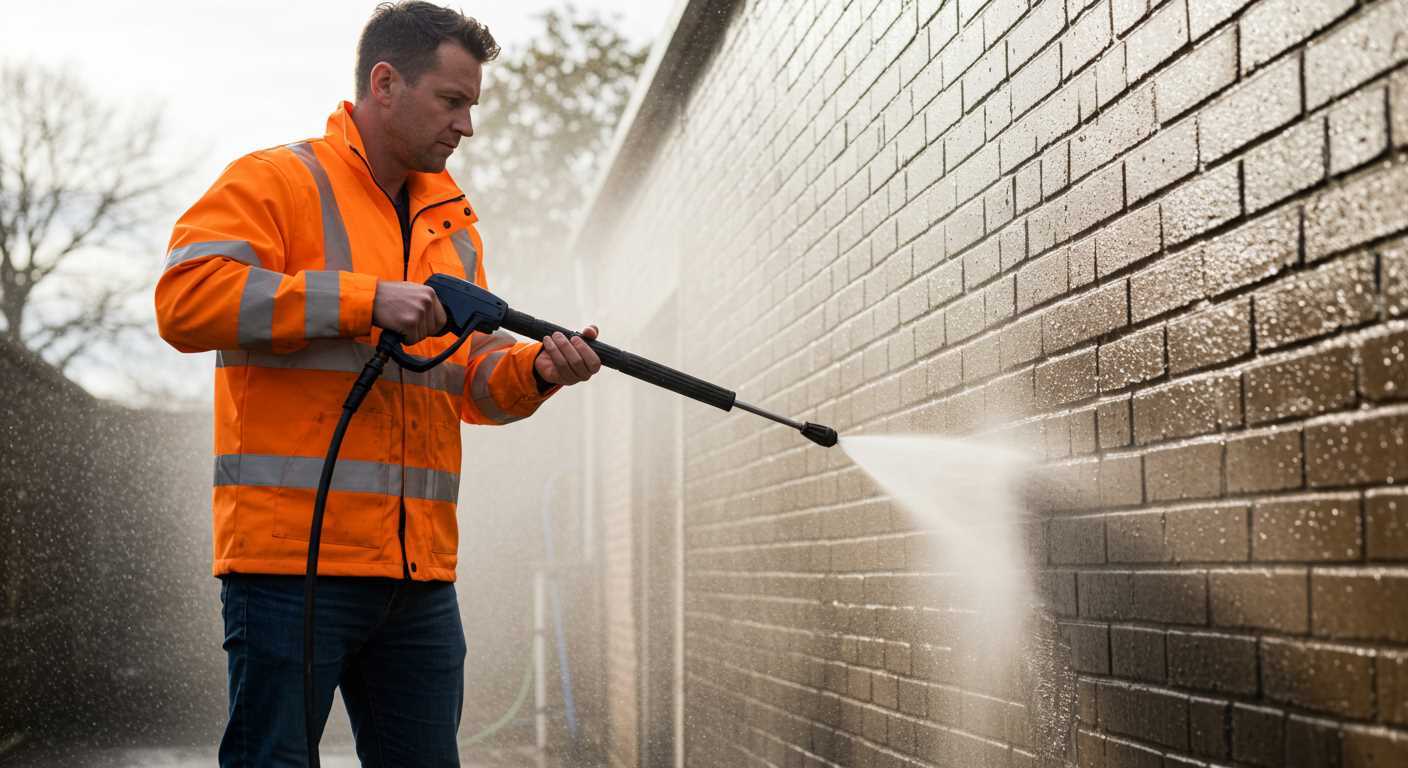
Choosing the right unit involves various elements. Surface type greatly influences pressure selection; delicate materials like wood require lower values, while concrete may handle higher levels. Stains also dictate pressure: light grime often responds to milder settings, while heavy oil or rust needs a more robust force.
Additionally, the size and shape of the area can impact the decision. Larger surfaces might necessitate more power to cover effectively, ensuring deep cleaning without leaving patches. Similarly, the presence of attachments, such as turbo nozzles, can alter recommended levels, enhancing cleaning potential with lower settings.
Another consideration is distance from the cleaning surface; standing closer allows for less power, but moving back necessitates increased pressure to maintain effectiveness. Lastly, water flow rate plays a critical role in determining overall performance, where higher flow often matches better cleaning outcomes, providing a thorough wash.
Comparing Electric vs. Gas Pressure Washers’ PSI
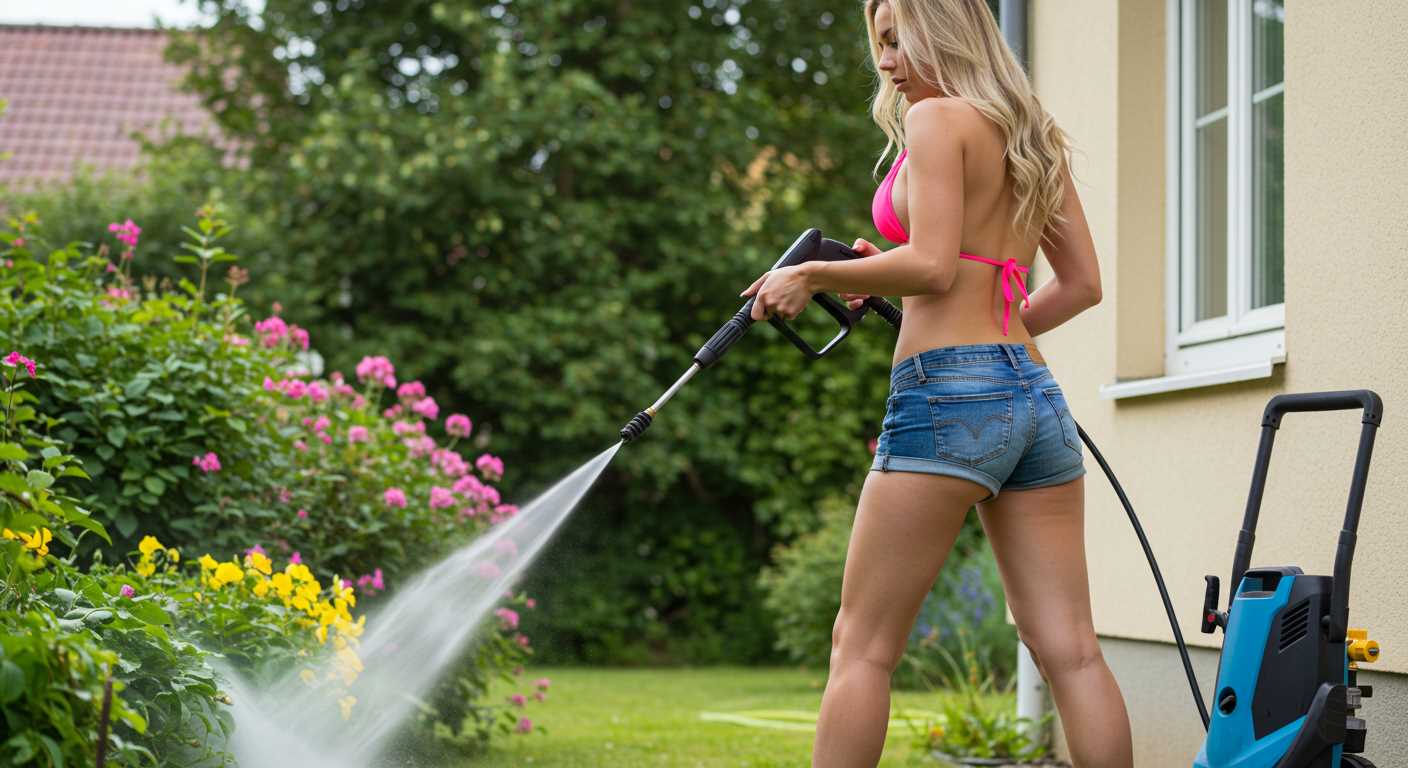
Electric units typically range from 1300 to 3000 psi, making them suitable for light to moderate cleaning tasks like washing cars, patios, and small decks. They are quieter, lighter, and require less maintenance, which is advantageous for residential users who need convenience.
Gas-powered models generally offer higher power, varying from 2500 to 4000 psi or more. This makes them ideal for heavy-duty applications such as stripping paint, cleaning large surfaces, and tackling stubborn grime. However, they come with increased noise levels, weight, and maintenance demands. Those opting for gas equipment should be experienced in managing fuel and engine care.
Ultimately, the choice between these two types boils down to the intended cleaning tasks. If frequent use is anticipated along with tougher jobs, a gas-operated variant might provide the necessary power. In contrast, for lighter, occasional use, an electric option will suffice and provide greater ease of use.
Adjusting Settings for Optimal Use
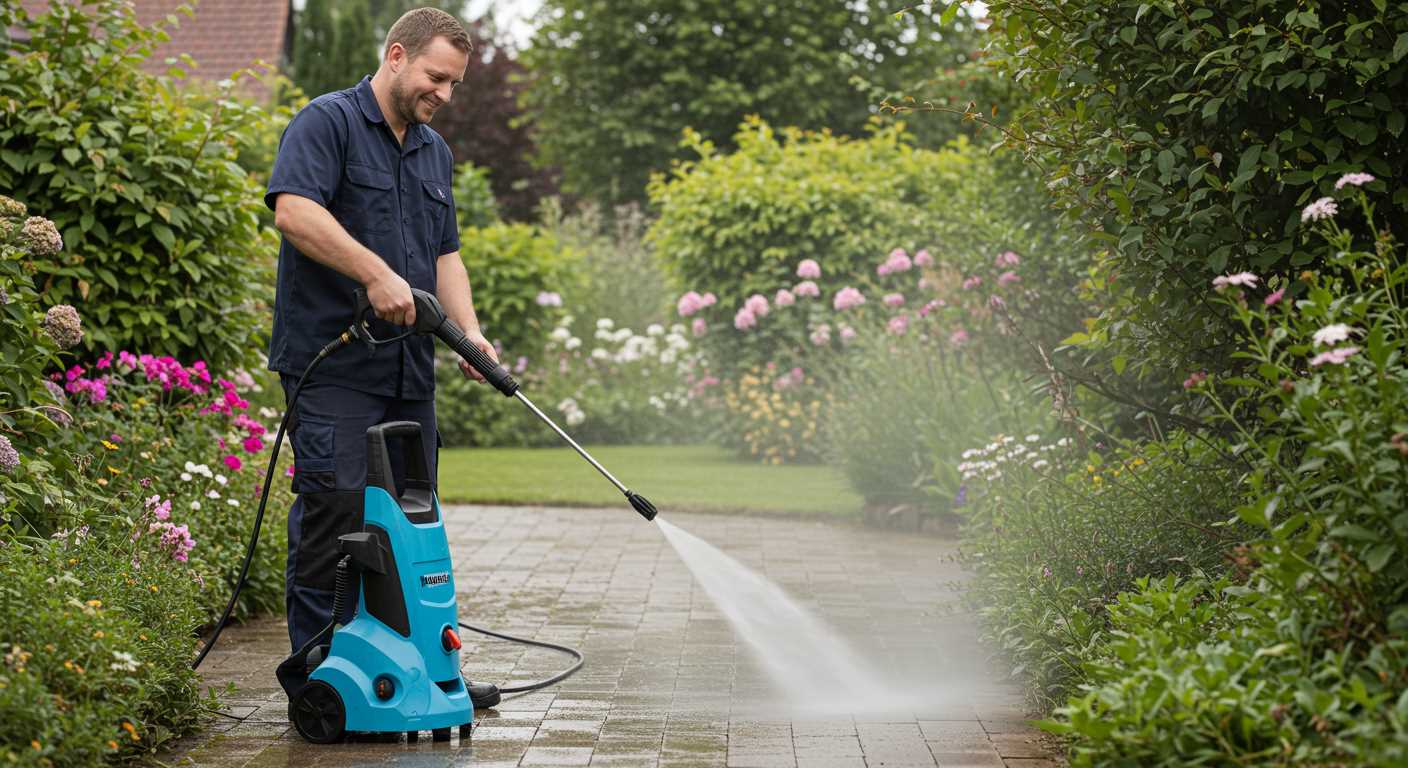
To fine-tune your equipment, first refer to the user manual specific to your model. Different machines have varying methods for altering pressure levels. Some feature adjustable nozzles, while others may have a control dial or lever.
Utilising Nozzles
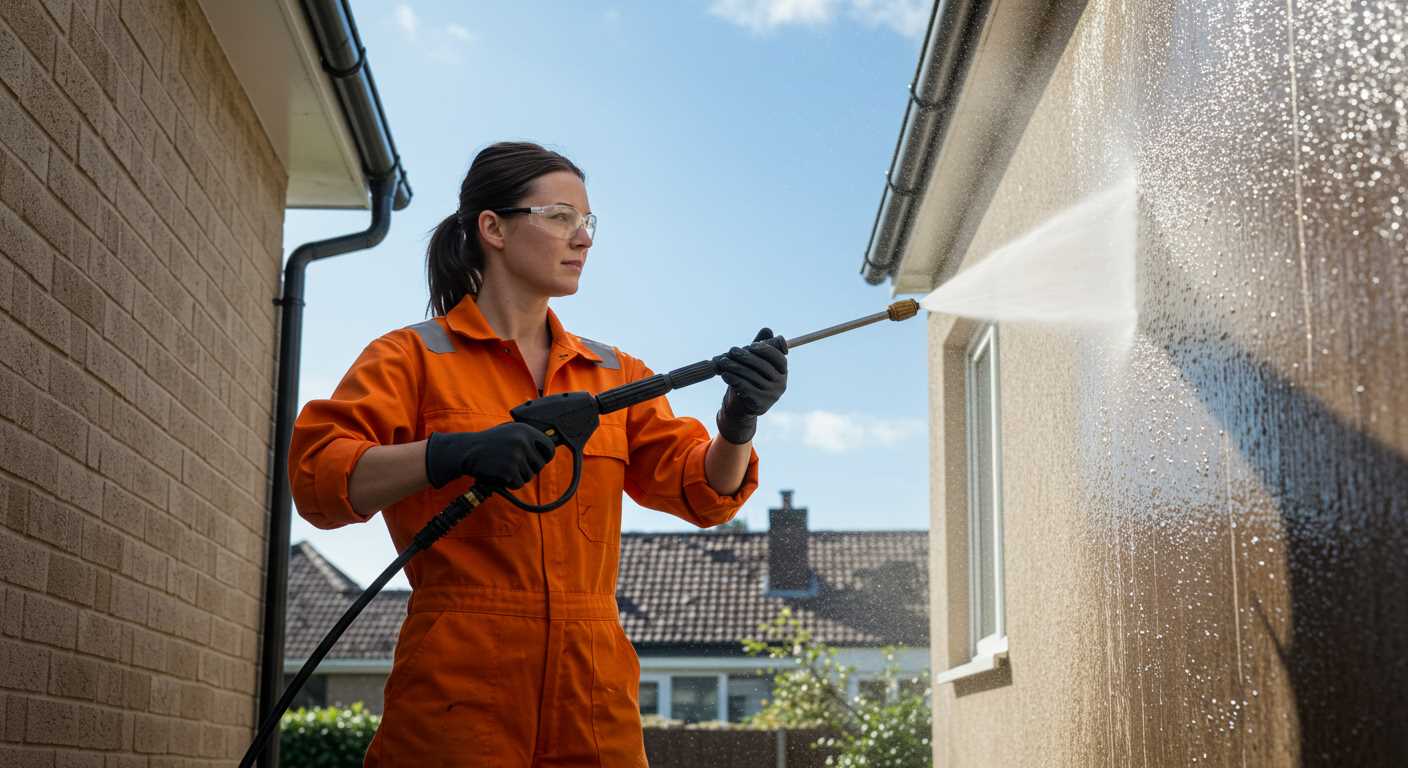
Choosing the appropriate nozzle can dramatically influence the intensity of the water stream. A wider nozzle will disperse water over a larger area with less force, suitable for delicate surfaces like wood. Conversely, a narrow nozzle concentrates pressure, effectively removing dirt and grime from stubborn surfaces.
Adjustable Dials and Levers
If your unit has a pressure control dial, start at a lower setting and gradually increase until you achieve the desired effect. For models with a lever, make adjustments slowly to prevent damage to both the equipment and the surface you’re cleaning. Always test on an inconspicuous area first to ensure compatibility.
Finally, remember to regularly maintain your device. Cleaning the filters and hoses can prevent clogs and ensure it operates at optimal performance. Regular checks will also extend the lifespan of your equipment.
Common Mistakes in PSI Selection
Relying solely on maximum figures provided by manufacturers is a frequent pitfall. These values represent potential output under ideal conditions, which might not translate to real-world effectiveness. It’s critical to consider the specific tasks at hand and not get lured by high numbers alone.
Ignoring Surface Material
Assuming all surfaces withstand the same pressure often leads to damage. Wooden decks, for example, require lower settings than concrete driveways. Always match the output to the material; this prevents unnecessary wear and tear, preserving the integrity of your surfaces.
Overestimating Cleaning Power
Choosing higher settings does not guarantee superior cleaning. Overly high output can scatter debris rather than effectively removing it. Understanding the balance between pressure and flow rate is key; sometimes, a lower pressure combined with a suitable detergent achieves better results without risk of harm.
Resources for Finding the Right Pressure Level for Specific Jobs
Experience has shown me that selecting the appropriate intensity for various tasks saves time and enhances results. Reliable resources can provide guidance tailored to your specific cleaning challenges.
Manufacturer Guidelines
Check the manufacturer’s recommendations included with each cleaning tool. Most companies provide detailed charts outlining suitable levels for different surfaces and applications. This reference can simplify informed decisions, ensuring compatibility with specific materials.
Online Forums and Communities
Joining online platforms dedicated to cleaning enthusiasts offers access to shared knowledge from fellow users. Engaging in discussions about practical experiences and outcomes can uncover valuable insights into intensity settings that work best for particular stains or surfaces.
Looking into YouTube tutorials can profoundly enhance understanding as real-life demonstrations often clarify ideal parameters and techniques. Visual guides bridge the gap between theory and practice, showing not just numbers but methods as well.
Pintrest boards and blogs focusing on DIY cleaning projects often post detailed articles showcasing various tasks with recommended figures, allowing easy comparisons for effectiveness and efficiency.
Lastly, local hardware store staff tend to have practical insights based on widely used brands in your community, making them an excellent resource for real-time advice. Their experiences can help navigate through options effectively.




